Why Dog Exercise Matters
Exercise is essential for every dog’s physical and mental health. It prevents obesity, supports joint and heart health, reduces anxiety, and strengthens the bond between pet and owner. But how much exercise does a dog need? The answer depends on multiple factors including age, size, breed, and individual personality. While some dogs are happy with a few brisk walks, others need vigorous activity to stay balanced. Without enough exercise, dogs may develop behavioral problems like excessive barking, chewing, or hyperactivity. At Dan’s Pet Care, we help Long Island dog owners create exercise routines that keep their pets happy and healthy. In this guide, we’ll break down dog exercise needs by category and offer tips to help you meet them. If you need personalized guidance or a walking service, visit Dan’s Pet Care.
Puppies: Building Habits and Burning Energy
Puppies are energetic, curious, and always on the move. But their exercise needs must be balanced with their developing bones and joints. Too much strenuous activity can lead to long-term health issues, especially in large-breed puppies. Most puppies benefit from multiple short play sessions throughout the day rather than one long workout. Mental stimulation is just as important as physical movement at this age. Games like hide-and-seek, treat puzzles, and basic training exercises work well. Socialization walks and exploring new environments also provide essential enrichment. As a general rule, puppies need about five minutes of exercise per month of age, up to twice a day. So a 4-month-old puppy might get two 20-minute sessions. Supervised free play and gentle walks are ideal. For help developing a custom puppy fitness plan, reach out to Dan’s Pet Care.
Quick puppy exercise tips:
Avoid high-impact activities
Focus on variety and frequency
Mix play with training
Adult Dogs: Daily Activity for Optimal Health
Adult dogs require consistent, daily exercise to stay fit and well-behaved. The amount depends on breed, size, and temperament, but in general, dogs need at least 30 to 60 minutes of moderate activity each day. For high-energy breeds, this should include more intense exercise like running, hiking, or agility work. Structured walks, fetch, tug-of-war, and interactive play keep adult dogs engaged. Physical activity supports heart health, digestion, and joint mobility, and helps prevent boredom-related behaviors. Dogs that don’t get enough exercise may become anxious or destructive. If you work long hours or struggle to keep up with your dog’s energy levels, hiring a professional dog walker can make a big difference. At Dan’s Pet Care, we provide flexible walking services across Long Island to help dogs thrive no matter their schedule.
Adult dog exercise essentials:
Daily walks or jogs
Mental stimulation games
Vary routines to avoid boredom
Senior Dogs: Gentle Movement for Longevity
Older dogs still need exercise, though their routines must be adjusted for age and mobility. Regular movement helps maintain muscle tone, joint function, and a healthy weight. Low-impact activities like leisurely walks, swimming, or gentle fetch sessions are ideal. Aim for shorter, more frequent walks to avoid fatigue. Monitor for signs of discomfort such as limping, reluctance to move, or stiffness after activity. Mental stimulation is still important at this age, so include puzzle toys or scent games in their routine. Exercise can also reduce the risk of cognitive decline in senior dogs. Always check with your vet before beginning a new fitness program for your older pet. Dan’s Pet Care can help Long Island pet parents tailor activities for their senior dogs to keep them comfortable and engaged well into their golden years.
Senior dog considerations:
Focus on low-impact exercise
Break activities into shorter sessions
Watch for signs of pain or fatigue
Small Breeds: Big Energy in Tiny Bodies
Small dog breeds often surprise people with their high energy levels. While they may not need as much physical space, many small dogs have exercise needs just as demanding as larger breeds. Breeds like Jack Russell Terriers, Miniature Pinschers, and Pomeranians require regular play and walks to stay calm and well-behaved. On average, small dogs benefit from 30 to 45 minutes of exercise daily. This can include walks, chase games, or indoor obstacle courses. Their compact size also makes them great candidates for interactive toys and indoor games when outdoor space is limited. Since smaller dogs can tire more quickly, shorter bursts of activity throughout the day are ideal. Just because they’re small doesn’t mean they don’t need structure. Tailoring your routine to match your dog’s energy level is the key to success.
Small dog activity ideas:
Short daily walks
Tug and fetch in the house
Training games and scent work
Medium Breeds: Balanced Exercise Needs
Medium-sized dogs span a wide range of energy levels and activity requirements. Breeds like Beagles, Bulldogs, and Cocker Spaniels vary significantly in their enthusiasm for exercise. Generally, medium dogs need 45 to 60 minutes of activity each day, which can be split between structured walks, free play, and mental games. Because they’re often quite social, medium breeds tend to enjoy group walks or dog park visits. Keep an eye on weight and joint health, especially in breeds prone to hip dysplasia or arthritis. Routine exercise keeps their metabolism active and helps prevent behavioral issues. Boredom is a common problem with under-exercised medium dogs, so variety is important. Incorporating new walking routes, puzzle feeders, or agility training can keep them mentally sharp and physically fit. Long Island families love including their medium-sized dogs in weekend hikes or beach days.
Large Breeds: Managing Strength and Stamina
Large dogs like German Shepherds, Labrador Retrievers, and Golden Retrievers are often strong, athletic, and full of energy. They require ample daily exercise to maintain their health and prevent weight gain. Depending on the breed, most large dogs need at least 60 to 90 minutes of activity each day. This includes a combination of walking, running, and play. However, care must be taken to avoid joint stress, especially in growing puppies or aging adults. Choose grass or soft terrain whenever possible and avoid excessive jumping. Activities like hiking, swimming, and long walks suit these breeds well. Obedience training can also be integrated into exercise sessions to reinforce good behavior. For busy pet owners in Long Island, Dan’s Pet Care offers large-breed exercise plans that balance energy output with safety and control.
Large dog exercise tips:
Prioritize joint-friendly surfaces
Include obedience games
Mix endurance with muscle-toning play
Working Breeds: High Drive, High Output
Working breeds like Border Collies, Australian Shepherds, and Belgian Malinois have been bred for intense physical and mental tasks. These dogs require much more than a daily walk to stay balanced. Many need two or more hours of combined physical and mental stimulation every day. Without adequate outlets, they can develop obsessive or destructive behaviors. These breeds thrive on agility training, herding exercises, running, and advanced obedience work. Mental challenges are equally important. Activities like scent tracking, search-and-rescue games, or puzzle solving provide enrichment. Pet parents must be committed to fulfilling these needs. If you live in Long Island and own a working breed, consider professional training support or exercise services from Dan’s Pet Care. A well-exercised working dog is calmer, easier to train, and deeply bonded with their human family.
Brachycephalic Breeds: Exercise with Caution
Short-nosed breeds like Bulldogs, Pugs, and Shih Tzus have unique exercise needs due to their respiratory anatomy. These brachycephalic dogs can overheat quickly and often struggle with prolonged or intense activity. Short walks during cooler times of day and indoor play are usually best. Avoid high humidity, direct sun, or high-energy activities like running. Aim for 15 to 30 minutes of low-intensity exercise broken into shorter sessions. Because they’re prone to weight gain, consistent activity is still important, but it must be carefully managed. Monitor their breathing and be ready to stop if they show signs of distress. Toys that encourage gentle movement or treat puzzles can provide both stimulation and mild activity. Always keep water available and consider using a cooling vest or mat during warmer months. Gentle routines keep these lovable dogs safe and healthy.
Mental Exercise is Just as Important
Physical exercise is crucial, but mental stimulation is equally important for a dog’s well-being. Without mental challenges, even well-exercised dogs can become restless and bored. Activities like scent games, training sessions, puzzle feeders, and interactive toys provide essential mental enrichment. Teaching new tricks or practicing basic commands also helps tire out your dog’s brain. Rotate toys frequently and switch up routines to keep things interesting. Mental exercise is especially useful for days when physical activity is limited, such as during bad weather or post-surgery recovery. Including five to ten minutes of brain games daily can make a big difference. At Dan’s Pet Care, we emphasize balanced care that supports both body and mind. A mentally stimulated dog is more content, less anxious, and easier to manage in everyday life. Keep their brain just as busy as their paws.
Mental stimulation ideas:
Frozen treat puzzles
Hide-and-seek with toys or treats
Obedience drills and scent games
Tailoring Exercise to Your Dog’s Personality
Every dog is an individual. While age, breed, and size play major roles in exercise needs, your dog’s unique personality also matters. Some low-energy breeds have particularly active individuals who crave more stimulation. Others may be timid or lazy, requiring gentle encouragement. Watch your dog’s behavior after activity. Are they calm and satisfied, or still restless? Adjust routines based on these observations. Energy levels can also fluctuate with season, health, or life stage. Be flexible and responsive. If your dog resists certain activities, try alternatives until you find what excites them. Swimming, nose work, or even dog yoga could become favorites. Dogs thrive when they feel heard and understood. For Long Island pet owners seeking personalized help, Dan’s Pet Care offers behavior consultations and exercise planning tailored to your dog’s lifestyle and energy profile.
An Active Dog is a Happy Dog
Understanding how much exercise your dog needs is key to ensuring their long-term health and happiness. Whether you have a couch-loving senior or a hyperactive herding breed, the right balance of movement and mental stimulation will enrich their life. Keep in mind how age, size, and breed affect their activity requirements and adjust routines as needed. Be consistent but flexible, and always prioritize safety and enjoyment. Long Island offers beautiful spaces for dog-friendly adventures, and Dan’s Pet Care is here to help make those moments count. We offer expert dog walking, puppy play, and customized exercise plans that suit every kind of dog and schedule.
To learn more or book a service, visit Dan’s Pet Care. Let’s get moving, one wag at a time.





